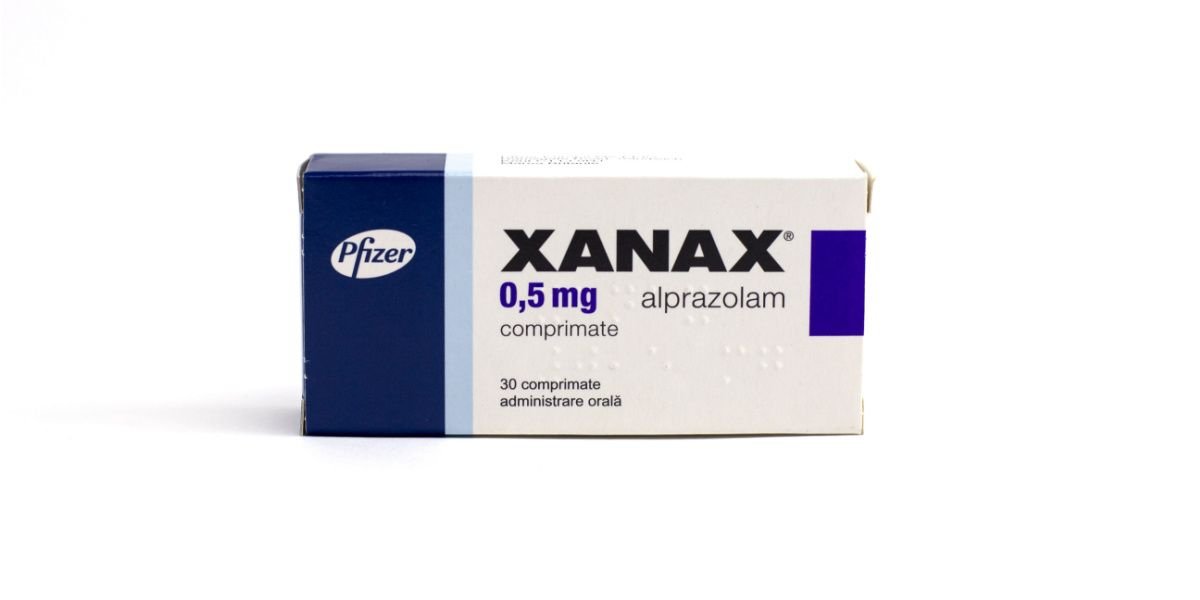Valium is a brand name for the medication diazepam, which is used to treat anxiety disorders and acute anxiety symptoms. It is also sometimes used to manage symptoms of alcohol withdrawal, muscular and movement conditions, and convulsion disorders. [1]
Valium is a commonly prescribed and abused medication, with the potential for addiction and dependence. Because of these risks, benzodiazepines, such as Valium, are Schedule IV controlled substances. Discontinuing Valium, particularly after prolonged and heavy use, can result in withdrawal symptoms. [1][2]

Does Valium cause withdrawal symptoms?
Valium (diazepam) can cause benzodiazepine withdrawal symptoms when use is stopped, particularly if it is stopped abruptly. Because of this, it is recommended to gradually reduce the dosage. [1]
Valium can cause the development of tolerance and physical dependence after just one to two weeks of regular use. This can contribute to the risk of abuse and misuse, such as taking larger and more frequent doses than is prescribed. After physical dependence develops, it is common to experience withdrawal symptoms when discontinuing Valium, which can range from mild to severe. [3]
Using Valium exactly as prescribed can reduce the risk of withdrawal symptoms, although dependence and withdrawal can occur with both prescribed and illicit use of Valium. As such, it is advised not to use Valium long-term, to help prevent these risks. [1][3]
Valium withdrawal symptoms
When discontinuing Valium, it is common to experience withdrawal symptoms. These can range from mild and short-lived to severe and persistent symptoms.
Common Valium withdrawal symptoms
Common Valium withdrawal symptoms can include: [1][2][3][4]
- Nausea
- Vomiting
- Stomach cramps
- Shaking
- Muscle pain
- Headache
- Sweating
- Restlessness
- Irritability
- Anxiety
- Low mood
- Confusion
- Tingling in the hands and feet
- Insomnia
- Reduced appetite
- Muscle twitching
- Impaired memory and concentration
- Fatigue
- Cravings
Severe Valium withdrawal symptoms
Valium withdrawal symptoms can be severe or even life-threatening and may persist for several months or longer. Severe Valium withdrawal symptoms can include: [1][4][5][6]
- Seizures
- Hallucinations
- Derealization
- Depersonalization
- Psychosis
- Extreme light and noise sensitivity
- Severe anxiety
- Severe depression
- Suicidal thoughts and attempts
- Aggression
Valium withdrawal timeline
Valium has a long half-life, which means that it remains in the body for a long time. This can delay the onset of withdrawal symptoms, which often emerge after around two days following the final dose. [3]
Typically, acute withdrawal symptoms last for around six weeks, with mood and behavior changes occurring after two weeks and abnormal perceptual experiences after three weeks. [5]
For many people, withdrawal symptoms are alleviated after several weeks. However, in some cases, certain symptoms can persist long-term and may even remain for a year. [6]
The severity and duration of Valium withdrawal symptoms can vary depending on the individual, the amount and duration of Valium use, underlying physical and mental health conditions, and any additional substance use. [2]
Valium cessation
It is recommended to gradually reduce the daily dosage of Valium before complete cessation to help prevent severe withdrawal symptoms. An appropriate cessation timeline will depend on the duration and amount of Valium use. Individuals taking large doses for extended periods may require a slower and more gradual cessation than those who have taken small and infrequent doses. [1]
Typically, a safe cessation will involve a daily dose reduction of 5-25% every one to four weeks, depending on the needs of the individual. A more gradual taper can help reduce the severity of withdrawal symptoms and may be necessary following prolonged and heavy use. [3][7]
For example, someone taking 40mg of Valium per day for several months might utilize the following cessation timeline:
- 2mg reduction in daily dosage every two weeks, until reaching 20mg per day
- 1mg reduction in daily dosage every two weeks, until reaching 5mg per day
- 0.5mg reduction in daily dosage each week
- Complete cessation
Dose reductions can be paused, altered, or slowed if required, to allow for emerging withdrawal symptoms to be alleviated. During the cessation process, the prescribing doctor will monitor and treat any withdrawal symptoms and adverse effects that occur. [7]
Is Valium safe to withdraw from at home?
Individuals may be able to withdraw from Valium at home if they have used small doses for a short period. However, regular use over a period longer than two weeks will often result in withdrawal symptoms that can be severe and may require professional intervention. As such, trying to withdraw from Valium at home without professional support can create unnecessary risks and is not advised. [7][8]
However, it may be possible to withdraw from Valium at home alongside professional advice and support. Although some people may require more intensive treatment, such as inpatient care, to ensure safety throughout the detox process. [3]
Abruptly stopping Valium use at home is not safe, as rapid dose decreases or discontinuation can significantly increase the risk of severe withdrawal symptoms. Individuals remaining at home during Valium withdrawal should utilize the support of family and friends, along with professional guidance and treatment. [4]
Valium detox treatment
Valium detox treatment can be provided through inpatient or outpatient services. Inpatient services, such as a rehab or detox center, can provide continuous monitoring and treatment of withdrawal symptoms, medications, group and individual therapies, and holistic treatments. Outpatient treatments can allow the individual to remain at home while attending medicinal and therapeutic appointments. [3][8]
Valium has a long half-life and is available in a range of tablet strengths, which can help provide a slow and gradual taper. Gradually tapering alongside therapeutic interventions can reduce severe withdrawal symptoms. Medications can be prescribed to help manage withdrawal symptoms such as pain, anxiety, and depression. [7][8]
Therapeutic interventions can be implemented to help reduce addictive behaviors, treat underlying mental health issues, and manage psychological withdrawal symptoms. It is often recommended to begin Psychotherapy and psychosocial interventions during detox and continue throughout the recovery process. [3][8]


.svg?v=1722504189)
-guide-detail.jpg?v=1722503954)

